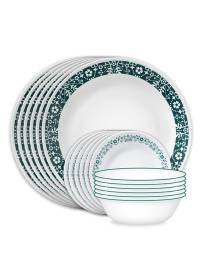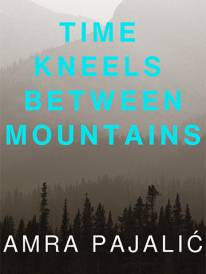The majority of Palestinians living in Australia have no lived experience of Palestine. Handing on the key explores how a sense of cultural identity is passed from one generation to the next through tradition, stories, activism and commemoration and how this continuing journey shapes and changes Palestinian identity through generations.
Many Palestinians living in Australia expected that they would one day return to their homeland. They left everything in their homes, locking the door behind them and taking the key. Many were unable to return and most homes have since been demolished or are now inaccessible. Today the keys - all they have left of their homes - are a reminder of what they have lost and what they hope someday to reclaim.
The first wave of Palestinians migrating to Australia was in the late 1960s following the Israeli occupation of the West Bank and Gaza Strip. The beginning of the Lebanese war in 1975 and the Israeli invasion of Lebanon in 1982 caused further migrations. The most recent wave came in the aftermath of the Gulf War in 1991. In 2006 there were as many as 7,500 Palestinians living in Australia, with over 1,500 living in Victoria.
Handing on the key celebrates the contribution that Palestinians have made to Australian society and is filled with migration stories. The exhibition also features traditional costumes, travel documents and other mementos that keep the Palestinian connection alive, as well as a video featuring a Palestinian dance group performing a traditional dance called dabkeh.
Many Palestinians living in Australia expected that they would one day return to their homeland. They left everything in their homes, locking the door behind them and taking the key. Many were unable to return and most homes have since been demolished or are now inaccessible. Today the keys - all they have left of their homes - are a reminder of what they have lost and what they hope someday to reclaim.
The first wave of Palestinians migrating to Australia was in the late 1960s following the Israeli occupation of the West Bank and Gaza Strip. The beginning of the Lebanese war in 1975 and the Israeli invasion of Lebanon in 1982 caused further migrations. The most recent wave came in the aftermath of the Gulf War in 1991. In 2006 there were as many as 7,500 Palestinians living in Australia, with over 1,500 living in Victoria.
Handing on the key celebrates the contribution that Palestinians have made to Australian society and is filled with migration stories. The exhibition also features traditional costumes, travel documents and other mementos that keep the Palestinian connection alive, as well as a video featuring a Palestinian dance group performing a traditional dance called dabkeh.
MORE



